Hi everyone!
I'm currently looking at this diamond https://www.bluenile.com/ca/diamond-details/LD14702857 and have it on hold. However, the client rep informed me that it is considered milky. I've tried to find some info, but I'm seeing conflicting things. I was hoping someone could shed some light on what that means exactly and how badly it affects the sparkle etc of a diamond.
Thanks,
Matt
I'm currently looking at this diamond https://www.bluenile.com/ca/diamond-details/LD14702857 and have it on hold. However, the client rep informed me that it is considered milky. I've tried to find some info, but I'm seeing conflicting things. I was hoping someone could shed some light on what that means exactly and how badly it affects the sparkle etc of a diamond.
Thanks,
Matt





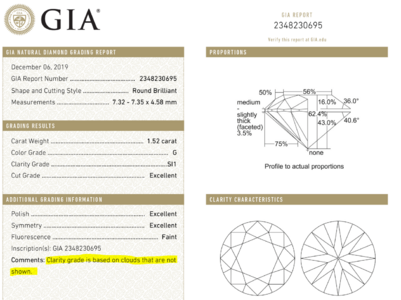
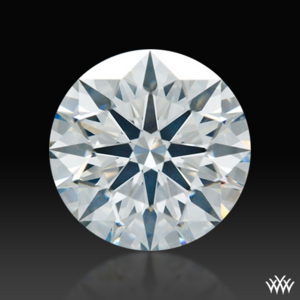
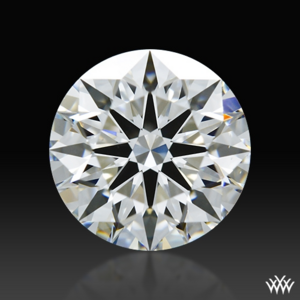
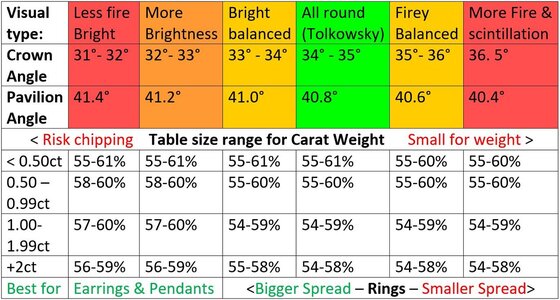
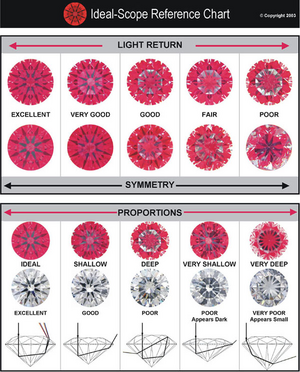


300x240.png)